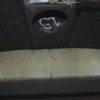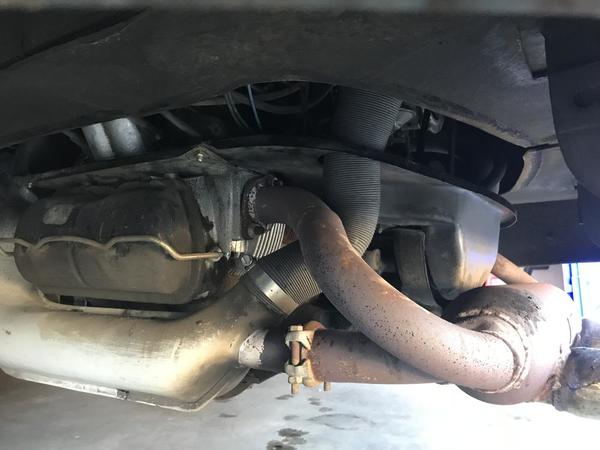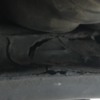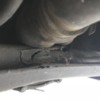Some very good points being brought up here. My 2 1/2 cents (I'm Canadian, eh)-
Yes, it's generally not wise to question (or go against) the factory engineering without some serious thought (and a little bit of experimentation to confirm your hypothesis), so we make sure the rear of the engine is sealed so no radiated exhaust heat and spent cooling air are re-introduced into the engine compartment. It has been proven (again and again and again and...) that leaving the rear of the engine compartment open to said exhaust heat/spent cooling air drastically shortens an aircooled VW engine's life. A local VW shop owner once drove his Cal Look Karmann Ghia convertible down to L.A. for Bug In in June without filling the heat tube holes in the rear breastplate (that sits over the exhaust) and the engine made it there and back, but it was done by the end of the summer.
Now the front of the engine (think front of the car) is a bit of a different situation; it turns out that the factory wasn't so much sealing off the engine from the outside for heat reasons but more to keep road debris (dirt, sand, small rocks, leaves, and ???) out of the compartment. Unchecked, the small stuff would eventually clog cylinder/head cooling fins and the bigger crap (leaves, paper, rags, and now with the wonders of modern technology, plastic shopping bags) would quickly plug up the fan. This would have cost VW thousands? hundreds of thousands? millions??? of dollars in extra service and warranty work, so you can understand the thinking here. Their answer- make it foolproof.
Any amount of reading on this great Interweb thingie (thingy? I never know...), including our very own forum, is filled with evidence that air entering the front of the engine compartment from below, whether it's through holes in the firewall (this works with our beloved Speedsters only, as in a Beetle the firewall is also the rear of the passenger cabin and not open to the positively pressurized under car airstream at speed as Speedsters are), leaving the front breastplate (the one that attaches at the bellhousing) off completely (this does work in Beetles), and even through holes in the inner fenderwells (up and forward far enough from the radiated heat from the exhaust) directly adjacent to the air cleaners is of great benefit to the engine, especially when bigger and wound higher than stock. Hell, even a stock engine would benefit, running cooler from the extra airflow through the engine compartment removing the radiated heat from the fan shroud, cylinder covers, alternator and even the engine case itself.
Bottom line- The more air you can get into and through the engine compartment, the closer to ambient the air the engine ingests (through the fan and carburetors) will be, and that will show itself as cooler running, the "tune" staying stable longer (ever notice that when your engine gets really hot the power seems to go away?), and ultimately, longer engine life, which if you've built something substantially bigger (and spent a fair bit of $$ca$h$$ on) should be a major attraction on it's own... Al
PS- For those that are still driving their Speedster during the upcoming (for some of us) winter months- if you car has no carburetor pre-heat and during this time has trouble (or takes a substantially longer time) reaching operating temps (and maybe even forms that dirty mayonaisy [sp? need a little help here!] gunk around the oil filler), try running with the rear breastplate off. Short trips at first, and if it's too much, maybe a breastplate with a couple of 2" holes in it? A friend here in Vancouver (and the only guy I know of with a VW as his only transportation year-round these days) takes off the rear breastplate on his dual carbed 2 liter about now, puts it behind the rear seat and re-installs it at the end of March or beginning of April, with no ill effects. This way it warms up faster, actually reaching normal operating temps but never getting close to overheating...
Yeah, back to bed Yoda will now go...










































